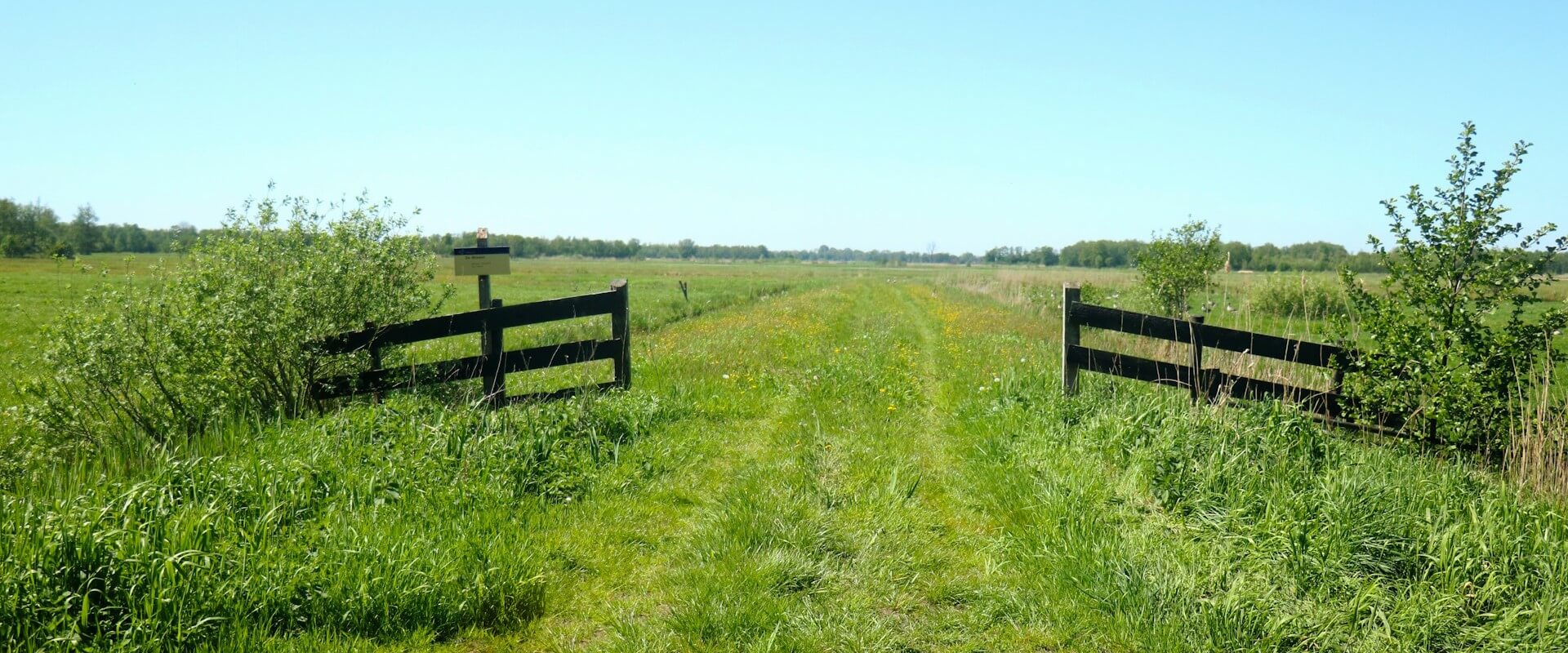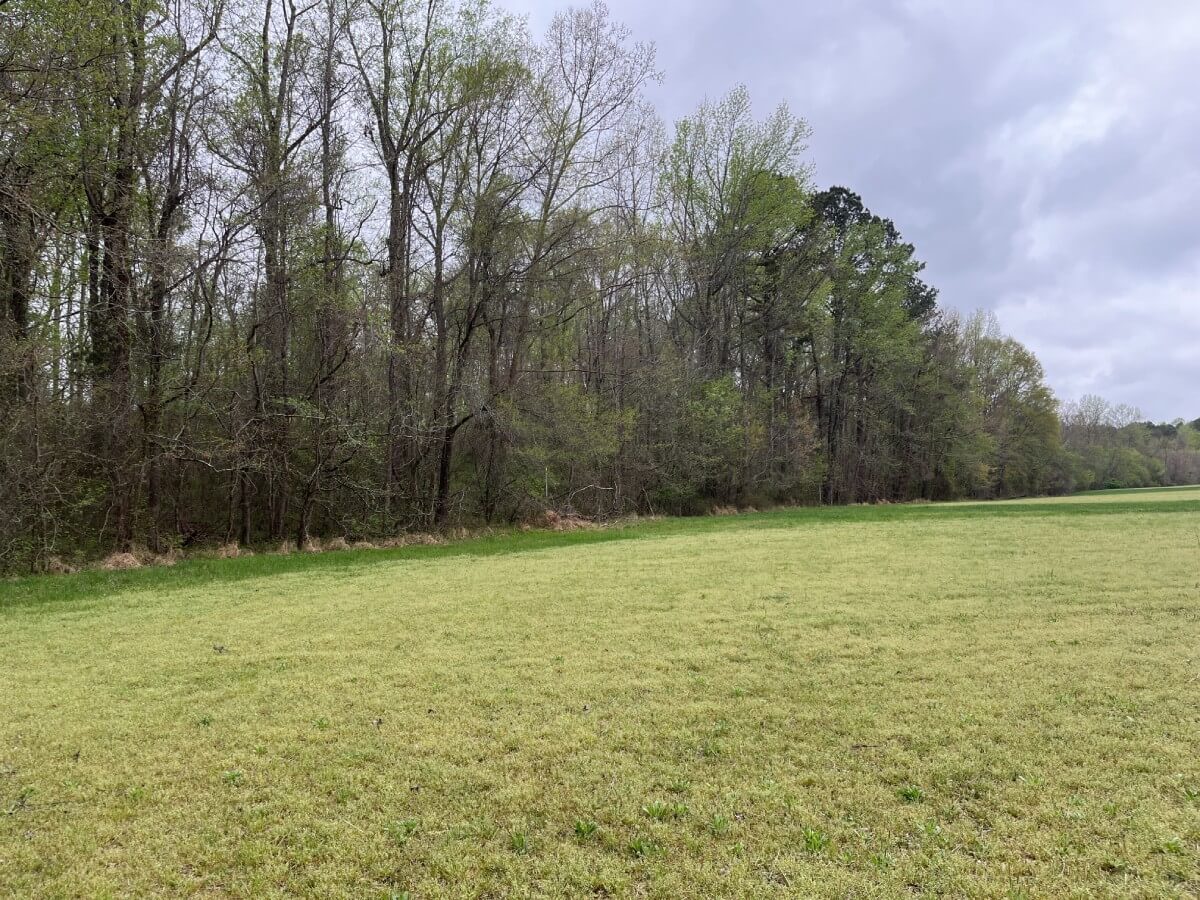If you are an avid reader of our blog posts, you probably have a pretty good understanding of what we mean when we reference “working lands.” Farms, ranches, some forests, and lands where people can hunt or fish are often called working lands. That’s because people use them to grow food and fiber while also enjoying nature.
Working lands are more than just the farms and forests you drive by, they are a critical source of economic benefit and support the resilience of countless rural and urban communities across the country.
Working Lands Stimulate the Economy
Similarly to our previous articles in the Conservation Cares series where we talked about the financial benefits of conserved wetlands, conserving working lands can also benefit your pocketbooks.
They create community-centered jobs, such as farmers hiring farm hands to help tend crops or foresters who work with landowners to manage their trees. For example, working forests support millions of jobs.
To break it down more, the timber industry accounts for 2.5 million jobs, $109 billion in payroll, and $288 billion in sales and manufacturing. In North Carolina, research conducted by the Department of Forestry and Environmental Resources at NC State shows that public hunting lands (game lands) add over $140 million to the state’s economy every year. Places like Haywood County, NC generate over $17 million from farms raising animals and growing crops.
These community economics have pass-through effects. People tend to spend money near places they work and recreate, which helps other businesses in the community. For example, a study conducted by Responsive Management for the Southeast Deer Partnership in the southeastern U.S. found that deer hunting alone brought in over $8.8 billion in revenue in one year, which had a total impact of more than $15.7 billion moving through the economy.
Working lands are also advantageous for the local government. Studies conducted by Haywood County, NC show that for every dollar the county generates in taxes from working lands, it only spends about 34 cents on services for that land.
Alternatively, the same study found that local governments could spend upwards of $1.15 on homes for every dollar they receive from taxes related to residential use. This could mean that in some cases, keeping land as working lands can actually bring in more money for the community than if it were developed.
Working Lands Provide Access to Healthy Food
In addition to various economic benefits, there is some data that says working lands support community resilience through providing easily accessible food.
Simply said, when farms are kept as farms, they can keep growing food for their community. This helps our communities be more self-sufficient, instead of relying on semi trucks driving thousands of miles to deliver produce to us. Buying fruits and vegetables from regional farms that sell at a local market can save money and decrease the associated pollution that comes with long-distance travel.
Even land that isn’t explicitly raising animals or growing crops can still support our local food supply. Forests and other lands can help by providing habitat for helpful species such as bees that pollinate plants.
Working lands can also provide food in other ways, such as hunting and fishing. For example, in the Southeast, hunters typically donate vast amounts of venison yearly. In 2014, nearly one million pounds of game meat (mostly consisting of venison) was donated in the Southeast. States like Virginia, North Carolina, South Carolina, Georgia, and Kentucky have programs that have donated millions of pounds of venison over the years to help feed families.
By keeping these lands as working lands, as opposed to developing them for residential or commercial purposes, communities have access to fresh, healthy food.
Why Should We Conserve Working Lands?
Conserving working lands is important for all the reasons stated above, but also for reasons that are more difficult to measure and quantify.
Conserving working lands oftentimes preserves a family legacy, and allows the heritage of the land to continue to live on for generations. By conserving working lands, we are preserving precious history and supporting the significance of local families that might otherwise be lost to residential developments.
To read more about conserving working lands, read this great article about Working Lands & Conservation written by Michael Scisco.
Working Lands and Conservation Easements
A conservation easement is a voluntary, legal agreement where a landowner can choose to permanently restrict certain uses of the land. A common way to help people understand what conservation easements do is to use an analogy about sticks.
As a landowner, you have a variety of ownership rights that can be thought of as a bundle of sticks. These sticks include the right to develop and build homes on the property, the right of access, the right to farm, the right to timber, the right to exclude others from the property, the right to rent or sell the property, the right to subdivide, the right to restrict land use, and many other rights as well.
When a landowner opts to put their land under conservation easement, they are choosing to sell or donate some of those sticks, or rights, to the conservation easement holder. For example, two common reasons for conservation are to restrict development and subdivision of land. A landowner choosing to put their land in conservation would be giving up the right to develop or subdivide their land, while still retaining all the other rights.
A misconception with conservation easements is that when land is placed under a conservation easement, you are no longer allowed to do anything with it. The reality is that conservation easements can be quite unique and customizable. Depending on the terms negotiated between the landowner and the conservation easement holder, putting a conservation easement over a working farm would still allow the landowner/farmer to continue typical agricultural activities on the property.
How Working Lands Tie Into Unique Places to Save
As an example of how conservation of working lands is placed into action, Unique Places to Save partnered with the Spruill Family and The Peanut Factory, Inc. to place a conservation easement on the 120-acre Spruill Conservation Farm. This easement now protects 120 acres of sustainable farmland, forests, wetlands, and shoreline on the Albemarle Sound.
This conservation is important for preserving over a century of agricultural and cultural history, providing local food, supporting diverse habitats for native species, and offering educational and recreational opportunities.
Unique Places to Save is passionate about conserving working lands and protecting the wonderful stories and history of the land. By perpetually protecting working farms, forests, and lands, we can bring in revenue and food security to our communities. By saving working lands, we keep our communities strong, healthy, and connected to our history.
To help nationwide efforts, we encourage you to take action any way you can. A donation can help us continue to protect working lands. If you’re interested in taking a more direct approach, consider contacting Michael Scisco and Mandi Taylor to speak about conservation easements and how you may benefit from them.
About the Author
With dual Master’s degrees in Public Health and Business Administration, Mandi has successfully secured federal grants and managed significant projects that enhance environmental and community well-being. She leverages her diverse background to contribute to sustainable conservation efforts that protect vital ecosystems.
Learn More





